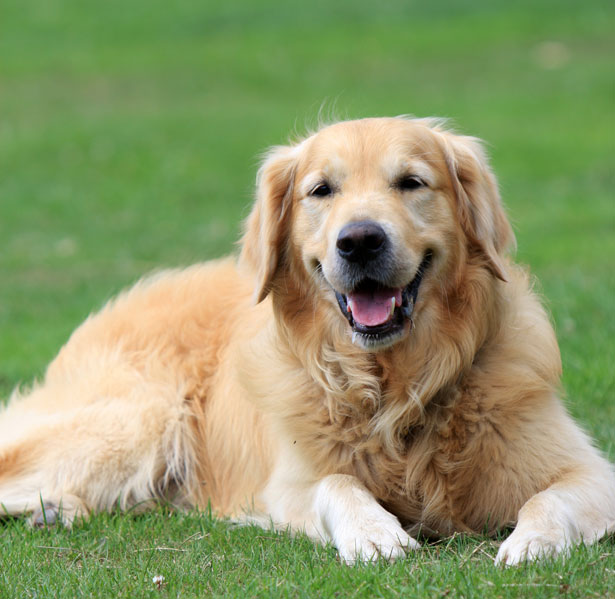Pet Genetic Testing Companies Are Making Promises They Can’t Keep
By Jessica Hekman,
Undark
| 09. 13. 2018
The promise of a sequenced genome is like a wrapped present, containing exactly what you always wanted but never knew you could get: predictions of all your future health problems and instructions for how to avoid them. Pet owners are the latest to fall prey to the myth of the “magic genome,” hoping that genetic testing will keep their animal companions alive and healthy for longer than ever before. The claims of many genetic testing companies encourage these unrealistic expectations.
The pet genetic testing industry has boomed in recent years as sequencing technology has improved and costs have plummeted. Several companies now tout direct-to-consumer tests that can screen companion animals, mostly dogs, for more than 150 genetic diseases including heart disease, kidney disease, and epilepsy. As a veterinarian and genomics researcher, I encounter dog owners who truly believe that genetic sequencing will save their animals’ lives.
What most pet genetic testing companies fail to make clear, though, is that genetic testing is riddled with uncertainty. Not all pets that test “clear” for a disease are truly safe from that condition...
Related Articles
By Aisha Down, The Guardian | 11.10.2025
It has been an excellent year for neurotech, if you ignore the people funding it. In August, a tiny brain implant successfully decoded the inner speech of paralysis patients. In October, an eye implant restored sight to patients who had...
By Jessica Hamzelou, MIT Technology Review | 11.07.2025
This week, we heard that Tom Brady had his dog cloned. The former quarterback revealed that his Junie is actually a clone of Lua, a pit bull mix that died in 2023.
Brady’s announcement follows those of celebrities like Paris...
By Heidi Ledford, Nature | 10.31.2025
Late last year, dozens of researchers spanning thousands of miles banded together in a race to save one baby boy’s life. The result was a world first: a cutting-edge gene-editing therapy fashioned for a single person, and produced in...
By Lauran Neergaard, AP News | 11.03.2025
WASHINGTON (AP) — The first clinical trial is getting underway to see if transplanting pig kidneys into people might really save lives.
United Therapeutics, a producer of gene-edited pig kidneys, announced Monday that the study’s initial transplant was performed successfully...




